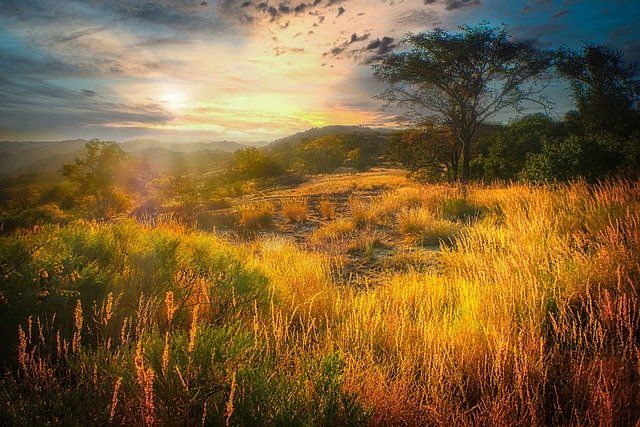Area: 150,873 square miles.
Neighbouring countries: Botswana, Zambia, Mozambique and South Africa.
Environment: Zimbabwe is landlocked, with a tropical climate moderated by higher altitude, and a rainy season lasting from November to March. The River Zambezi forms the nation’s north-eastern boundary and is famous for its Victoria Falls.
Capital: Harare (2.3 million). Other city: Bulawayo.
Population: 11.3 million approximately. Zimbabwe has one of the world’s highest infection rates from AIDS. Life expectancy at birth is only 37 years.
Ethnic groups: African 98% — Shona (8 million), Ndebele (1.5 million) and over 40 other indigenous groups; Asian, European and mixed 2%.
Languages: English (official), Shona, Ndebele; indigenous languages.
Literacy: 85%.

Economy: Zimbabwe has rich agricultural and mineral resources (coal, chromium, gold, nickel, copper, asbestos, cobalt, iron ore, vanadium, lithium, tin and platinum), with hydro-electric power, but today faces enormous economic problems. These are due to recent involvement in the Congo war, AIDS, crime, droughts and political interference. The majority of the population are below the poverty line. Tobacco used to be a significant export.
Religions: Syncretistic (part Christian, part indigenous) 43%, indigenous 26%, Protestant 20%, Roman Catholic 9%, Muslim 1%, others 1%.
Protestant denominations: Anglican, various Methodist, various Baptist, Salvation Army, Evangelical Lutheran, various Pentecostal, and many others.
History: Britain annexed Southern Rhodesia in 1923. In 1965 the white Rhodesian government unilaterally declared independence, but the UK did not recognise it and demanded voting rights for the black African majority. UN sanctions and an internal guerrilla war finally led to free elections in 1979 and independence (Zimbabwe) in 1980. Robert Mugabe has been the country’s only ruler since independence and has become increasingly arbitrary in his rule. The government is Marxist, and recently authorised the seizure of white-owned farms.







